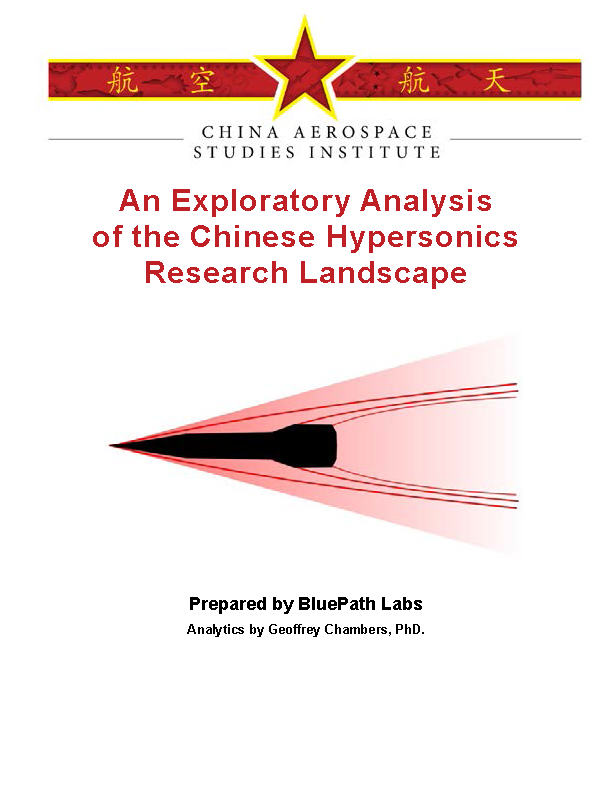According to reports, China conducted tests of hypersonic glide vehicles in July and August 2021, which Chairman of the Joint Chiefs of Staff Gen. Mark Milley described as “concerning.”1 China’s hypersonic weapons program has drawn significant global attention and research interests in recent years. DOD’s Annual Report to Congress on Military and Security Developments Involving the People’s Republic of China first mentioned hypersonic glide vehicles in 2015. The hypersonic glide vehicle-equipped DF-17 missile, unveiled at China’s 2019 National Day Parade, further fueled speculation and interest about China’s hypersonic research and development (R&D) program. Subsequent reporting indicates that units with these missiles have already been deployed. Other evidence suggests that China is engaged in a wide range of hypersonic weapons programs including wave-riders and cruise missiles.
To date, open-source English-language analysis of the subject has focused heavily on the strategic drivers and disruptive impacts of the program. Other studies that looked at technical aspects focused on a small set of technologies. This report adopts a different approach, using a framework developed by Chinese scientists for
prioritizing technologies for development, and then applying machine-learning-enabled analytics to analyze China’s hypersonic research and development activities in those areas over time. It investigates the following research questions:
● Does the HV development framework proposed by Cai and Xu align with subsequent Chinese research activity?
● Who are the institutions, researchers, and international collaborators leading China’s HV research programs?
● How has China’s HV research activity evolved over time?
By adopting this approach, the goal is not only to provide an assessment of the state of hypersonic R&D for the China-analysis community, but also for the broader U.S.-scientific research community who wishes to understand China’s research approach and progress in this key technology area.
Click here for the full report
